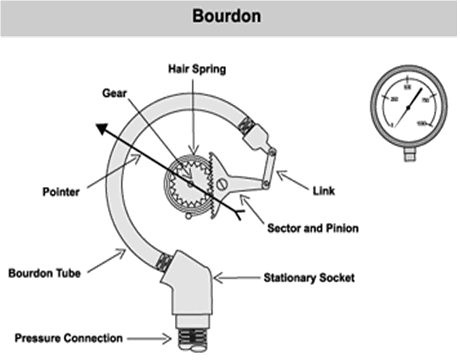SamuraiSquirrel
Well-Known Member
So I have been kegging for awhile........
Basically the reason that I am writing this post is because my kegged beers never APPEAR carbed once they are poured. If I pour a bottle conditioned beer there is a nice head and there are running bubbles up the glass. A "fizzy" appearance. My kegged beers pours with a slim head. The amount of head is not my concern though. For some reason my kegged beers do not have any bubbles in the beer as the bottle conditioned beers do. They appear still and flat after they are poured. Is this normal? I don't really understand why there is a difference between the two? Can anyone explain.
Just a few facts about my setup:
I have 2 beers that I am referring to above - an IPA and a Irish red ale both exhibit this same "lack of carbonation" appearance.
These beers have been on the gas for about 2 months
Freezer is set at 38
Pressure is set at 13
Beer lines are 6.5 feet.
I have CO2 in my tank lol. If I close gas valve, release keg pressure, you can definately hear it refilling with gas when you reopen the co2 valve. I've checked this about 5 different times.
A few things that I have tried:
Shorter lines - I tried 5 foot lines. This resulted in a "foamier" pour as expected but no more of a "bubbly" appearance.
I tried raising pressure up to 15 - Still no more "bubbly" of an appearance.
The beer seems to have co2 dissolved - If i pour a glass and put my hand over it and agitate the beer will spray everywhere lol.
So I'm just not sure why there is this difference of appearance? I'm stumped. Is this normal with kegged beers? I might have to pour a glass of each (bottle conditioned and keg carbed) and take a video to illustrate the difference that I am talking about.
Basically the reason that I am writing this post is because my kegged beers never APPEAR carbed once they are poured. If I pour a bottle conditioned beer there is a nice head and there are running bubbles up the glass. A "fizzy" appearance. My kegged beers pours with a slim head. The amount of head is not my concern though. For some reason my kegged beers do not have any bubbles in the beer as the bottle conditioned beers do. They appear still and flat after they are poured. Is this normal? I don't really understand why there is a difference between the two? Can anyone explain.
Just a few facts about my setup:
I have 2 beers that I am referring to above - an IPA and a Irish red ale both exhibit this same "lack of carbonation" appearance.
These beers have been on the gas for about 2 months
Freezer is set at 38
Pressure is set at 13
Beer lines are 6.5 feet.
I have CO2 in my tank lol. If I close gas valve, release keg pressure, you can definately hear it refilling with gas when you reopen the co2 valve. I've checked this about 5 different times.
A few things that I have tried:
Shorter lines - I tried 5 foot lines. This resulted in a "foamier" pour as expected but no more of a "bubbly" appearance.
I tried raising pressure up to 15 - Still no more "bubbly" of an appearance.
The beer seems to have co2 dissolved - If i pour a glass and put my hand over it and agitate the beer will spray everywhere lol.
So I'm just not sure why there is this difference of appearance? I'm stumped. Is this normal with kegged beers? I might have to pour a glass of each (bottle conditioned and keg carbed) and take a video to illustrate the difference that I am talking about.



 If you really wanted to know the deal, get some bushings and a tee and hook a know good gauge up along with the questionable one and pressurize the assembly. If not, you could see what the offset is an apply that to all your readings. You could also try to calibrate it, but that's a total PITA.
If you really wanted to know the deal, get some bushings and a tee and hook a know good gauge up along with the questionable one and pressurize the assembly. If not, you could see what the offset is an apply that to all your readings. You could also try to calibrate it, but that's a total PITA.
